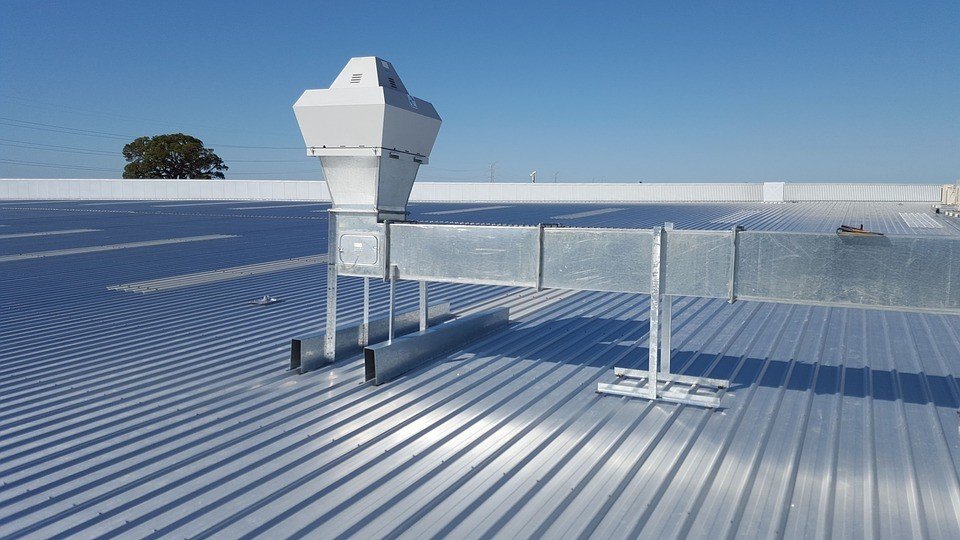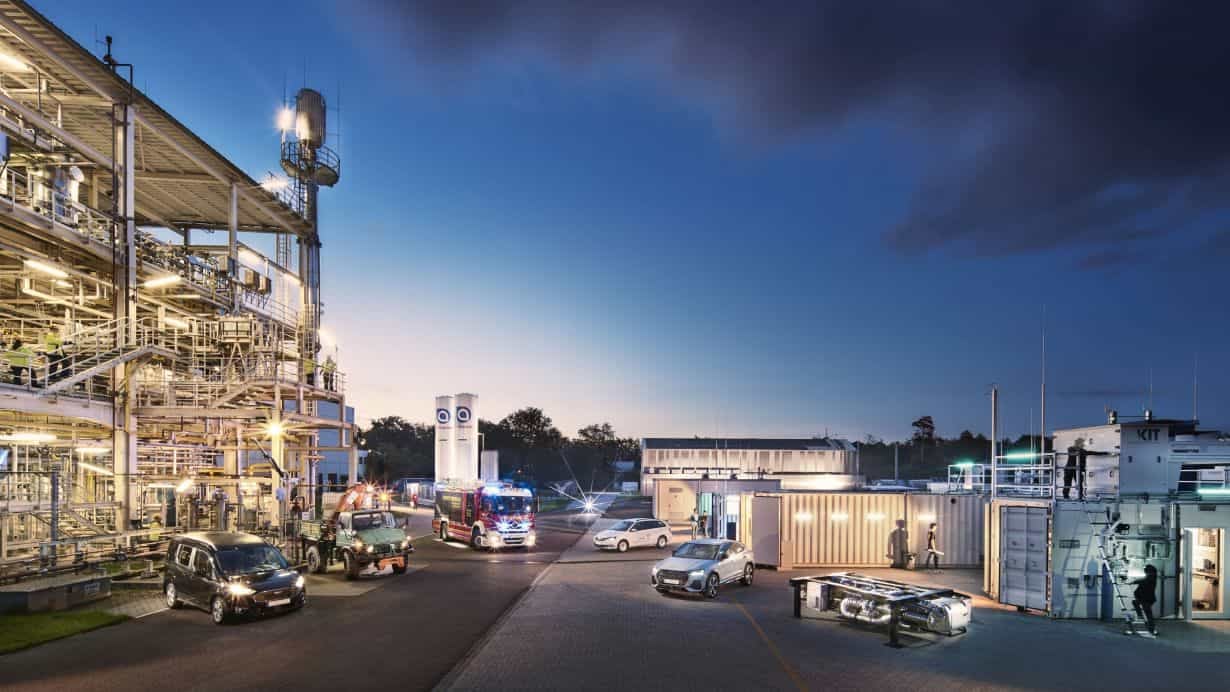
When one hears about the concept, one wonders why no one has ever come up with the idea before: the production of a synthetic fuel from the air conditioning system. With the implementation, several current hot spots could be solved at the same time. On the one hand, we would become more independent of the limited resources of fossil fuels. But the idea behind it came from a completely different angle:
If we use renewable wind and solar power as well as carbon dioxide directly from the ambient air to produce fuels, we can avoid large amounts of greenhouse gas emissions”, says Professor Roland Dittmeyer of the Institute for Micro Process Engineering (IMVT) at KIT.
The scientists of the joint project of KIT and the University of Toronto (UoT) want to make a contribution to preventing the catastrophic effects of climate change with their research project. To achieve this, mobility, power generation and building management will have to be redesigned.
Crowd Oil Instead of Crude Oil
Their idea is to develop a process that produces synthetic fuels from carbon dioxide (CO2) and water from the ambient air of air conditioning and ventilation systems. In other words, they want to build compact facilitates that separate CO2 from the ambient air directly in buildings, thus producing synthetic hydrocarbons that can then be used as renewable synthetic oil. Their motto is “crowd oil instead of crude oil”.
The research team around Dittmeyer and Professor Geoffrey Ozin from the UoT suggests decentralizing the production of synthetic energy sources. They are thinking in particular of coupling existing ventilation and air conditioning systems in buildings, such as those of the three largest supermarket chains in Germany. After all, that would be about 25,000 stores. According to the development team, the necessary technologies are essentially already in place. Through both thermal and material integration, their concept could achieve high carbon utilization and energy efficiency. Dittmeyer adds:
We want to use the synergies between ventilation and air-conditioning technology on the one hand and energy and heating technology on the other, to reduce costs and energy losses in synthesis. In addition, ‘crowd oil’ could mobilize many new players for the energy turnaround. We have seen how well this can work with private photovoltaic systems.”
Significant Reduction in the Use of Fossil Fuels
However, the conversion of CO2 would require large amounts of electrical power to produce hydrogen or synthesis gas. This electricity should be CO2-free. It should therefore not come from fossil sources. Dittmeyer is convinced that this will also require the accelerated expansion of renewable power generation, including building-integrated photovoltaics.
As an example of the vision of decentralized conversion plants linked to building structures, the scientists present quantitative observations of office buildings, supermarkets and energy-saving houses. Based on their calculations, they assume that the use of crowd oil could replace a significant proportion of fossil fuels in Germany.
For example, the amount of CO2 alone, which could potentially be captured at the 25,000 supermarkets of the three largest food retailers, would be sufficient to cover about 30 percent of Germany’s kerosene requirements or about eight percent of its diesel requirements.
Preliminary Investigations from Kopernikus-Project P2X
For its calculations, the team can also rely on preliminary investigations of individual process steps and process simulations from the Kopernikus-Project P2X. On this basis, the scientists expect energy efficiency – that is, the proportion of electrical energy used that can be converted into chemical energy – to be around 50 to 60 percent. In addition, they expect a carbon efficiency – i.e. the proportion of spent carbon atoms found in the fuel produced – of about 90 to almost 100 percent. In order to confirm these simulation results, the researchers at the IMVT are currently building a fully integrated process together with project partners. This should have a planned CO2 turnover of 1.25 kilograms per hour.
Further Reduction in Crude Oil Requirements Necessary
Nonetheless, the proposed concept – even if introduced across the board – cannot fully meet today’s demand for crude oil products. This means that the reduction of demand is another necessity. This could be made possible, for example, by new mobility concepts and the expansion of local public transport.
To sum up: The building blocks for manufacturing CO2 capture plants are already in place today. However, major research and development efforts as well as the adaptation of legal and social framework conditions are still required in order to put the German-Canadian vision into practice.
The entire study can be found in Nature Communications.







